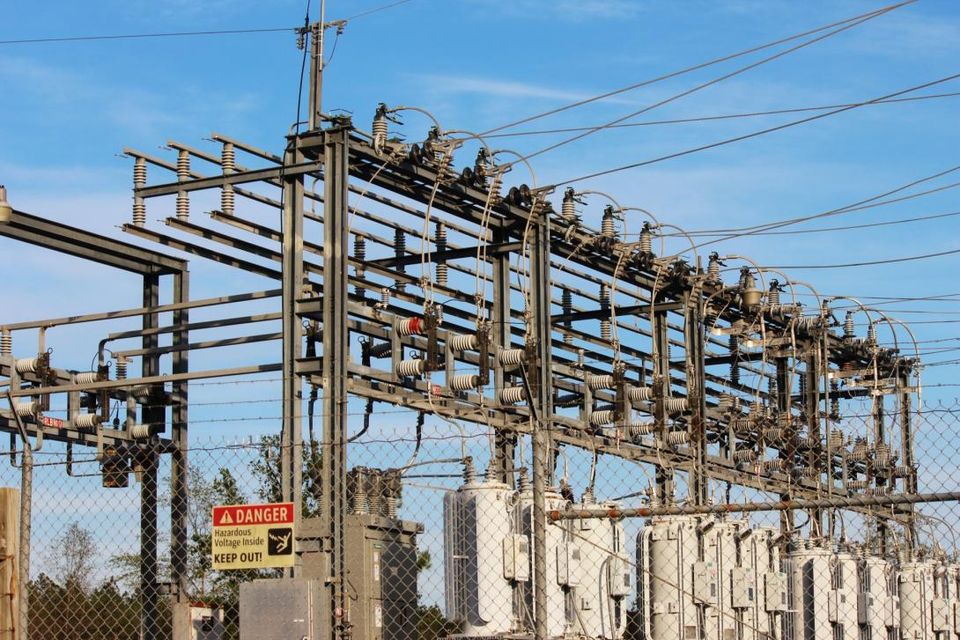Transformer Theory

Transformers convert one alternative current sinusoidal signal from one voltage level to another without changing the original frequency of the input sinusoid. In simpler terms, it either raises or lowers voltage in an AC circuit at the cost (or benefit) of the system current. Transformers use at least two coils of wire which are wrapped around a ferromagnetic core. This forms a magnetic circuit that couples the "primary" and "secondary" sides of the circuit together.
The primary side of a transformer is the power input. This is, by convention, shown on the left-hand side of a simplified circuit. The secondary side of a transformer is the load side of the transformer. In the case of multi-winding transformers, additional load circuits may be called "tertiary" sides.
Transformers may also be used for something called "isolation." This is where the voltage going into and coming from the transformer are the same or both sides. Why would you want to do that? This prevents faults on one side of the transformer from impacting anything on the other side of the transformer. Imagine that you have critical loads along your circuit branches. Each one is fed through an isolation transformer. One load becomes damaged. You don't want the entire system going down because one part is lost.

Transformers are most commonly related by their turns ratio. This is the number of windings on the primary compared to the number of windings on the secondary. A transformer with a 100:1 turns ratio has 100x the number of primary winding turns as compared to the secondary. This means that an input voltage of 100V will only result in an output voltage of 1V. The turns ratio is commonly expressed as:
a = Np / Ns, where Np is the number of primary turns and Ns is the number of secondary turns
What if you want to calculate the power associated with the transformer?
P_in= Vp*Ip*cos(Θp)
And the output?
P_out= Vs*Is*cos(Θs)
In the above equations, Θ is the angular relationship between your voltage and current.
Please note that the above equations are only truly accurate for an idealized transformer. Real-life calculations should involve knowledge of hysteresis losses, thermal losses, and eddy current losses. This also assumes for an idealized magnetization slope in the transformer core. Is this really necessary? If you want your answer to be +/- 5% accurate, it is!




Member discussion